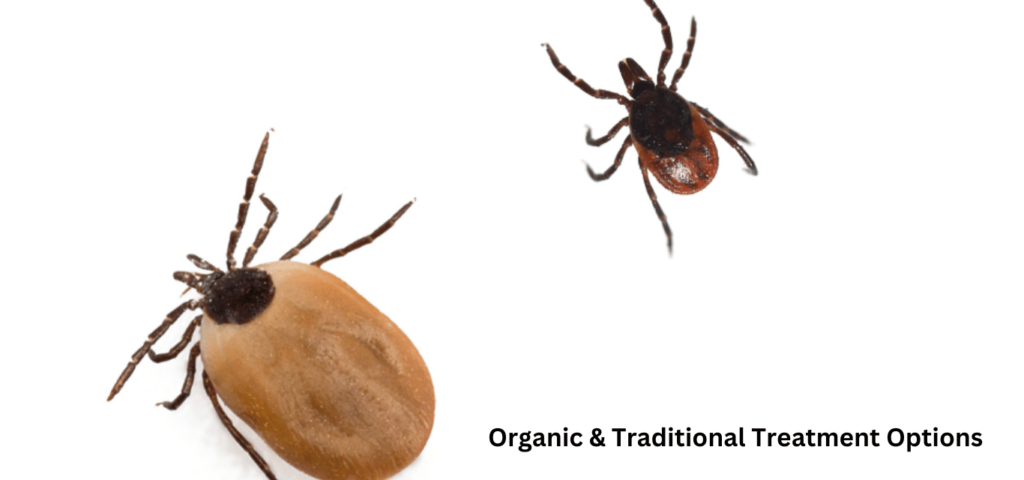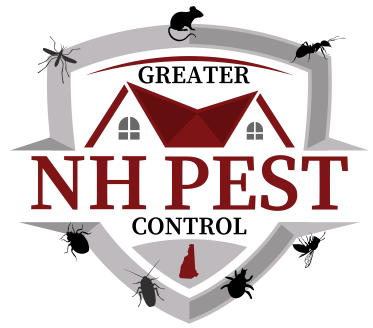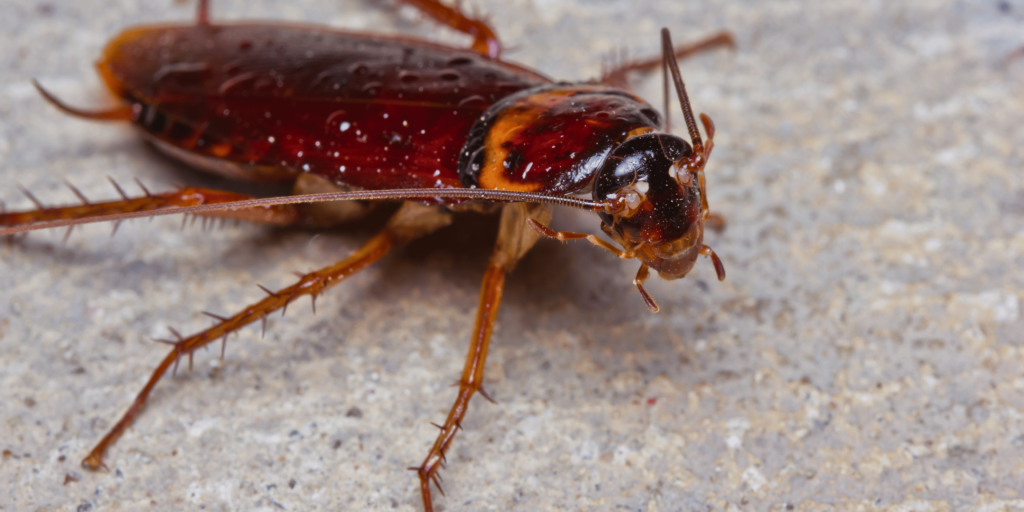Owning Tick Control: Unveiling 5 Factors Attracting Ticks and How to Control Them

greaternhpestcontrol
- March 19, 2024
- No Responses
Tick Control Tips That Work: Unveiling the 5 Factors Attracting Ticks and How to Control Them
Welcome to our comprehensive guide on tick control – your ultimate resource for understanding what draws ticks into your surroundings and how to effectively manage them. Ticks, those tiny but troublesome parasites, pose health risks to both humans and pets, making it essential to grasp the factors that attract them. In this blog, we’ll delve into the top five things that attract ticks and provide actionable strategies on how to control ticks, ensuring a safer and tick-free environment for you and your loved ones.
1. Hosts Like Your Pets: Check Your Pets often
Ticks are notorious hitchhikers, relying on hosts for transportation to new feeding grounds. They’re drawn to the scent of animals, particularly mammals like household pets. Once a suitable host passes by, ticks latch onto fur or clothing, ready to feed. To control ticks, limit exposure to tick-prone areas, especially during peak activity periods. Regularly check yourself, your pets, and outdoor gear for any hitchhiking ticks after outdoor activities. Utilize tick repellents on exposed skin and clothing to deter ticks from latching on, reducing the risk of tick-borne illnesses.
2. Overgrown Grass , Plants and Leaf Litter: Keep Your Yard clean
Ticks thrive in humid and shaded environments, making dense vegetation and leaf litter ideal habitats. They climb to the tips of grasses or shrubs, eagerly awaiting a passing host. Ticks can sense heat and carbon dioxide emissions, helping them locate potential targets. To control ticks, minimize tick habitats around your home by maintaining a well-manicured yard. Trim back overgrown vegetation, rake up leaf litter, and create a barrier of gravel or wood chips between wooded areas and your lawn. These measures reduce tick-friendly environments, making it less likely for ticks to establish a presence near your home.
3. Dry Environments Are Key: Remove any Standing water or Dampness
Ticks require moisture to survive and thrive, making humid environments irresistible to them. High humidity levels prolong their survival, while moisture-rich habitats provide ample opportunities for blood meals. Damp areas like wooded areas, marshes, and gardens become prime tick territory. To control ticks, address moisture sources around your property by fixing leaky pipes, improving drainage, and removing standing water. Consider using a dehumidifier in basements or other damp areas to reduce humidity levels, making your home less appealing to ticks.
4. Wooded Areas and Structures: Inspect and treat These Areas
Ticks seek refuge in outdoor structures and hiding places, such as sheds, woodpiles, and play structures. These areas provide shelter and protection from environmental elements, making them attractive resting spots for ticks between feeding sessions. To control ticks, inspect outdoor structures regularly and remove any debris or clutter that may harbor ticks. Consider treating these areas with tick control products, such as acaricides or tick repellents, to reduce tick populations. By maintaining outdoor structures and eliminating potential hiding places, you create a less hospitable environment for ticks, minimizing their presence near your home.
5. Wildlife and Nesting Sites: Remove Wildlife Attractants
Ticks are drawn to areas frequented by wildlife, where they find plentiful hosts and suitable nesting sites. Animal nests, such as those made by rodents or birds, provide refuge for ticks during their non-feeding stages. Additionally, animal residue, such as droppings or feathers, can attract ticks seeking hosts. To control ticks, discourage wildlife from nesting near your home by sealing entry points and removing attractants like bird feeders or pet food left outdoors. Regularly inspect potential nesting sites and remove any debris or nesting material to minimize tick habitats and reduce the risk of tick encounters.
With the knowledge of what attracts ticks and how to control them, you can take proactive measures to mitigate the risk of tick bites and tick-borne illnesses. From minimizing exposure to tick habitats to implementing preventive measures, each step contributes to effective tick control. By following our comprehensive guide on how to control ticks, you can enjoy outdoor activities with peace of mind, knowing you’ve taken the necessary precautions to protect yourself and your loved ones from tick-related health risks. Or you can give us a call today and we can implement these steps for you!



